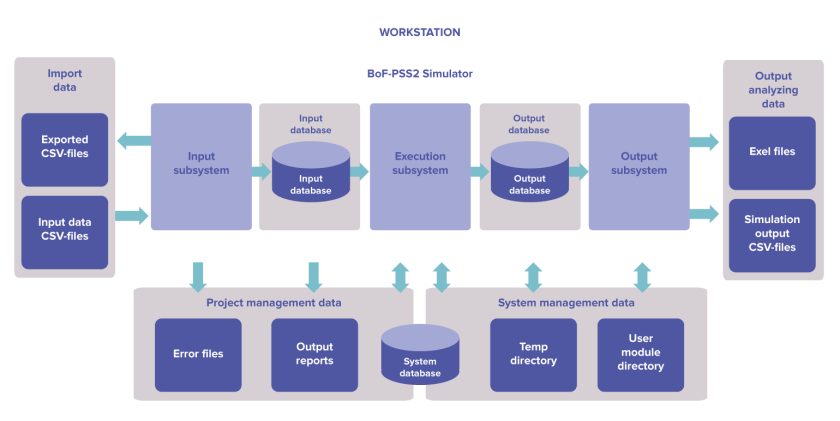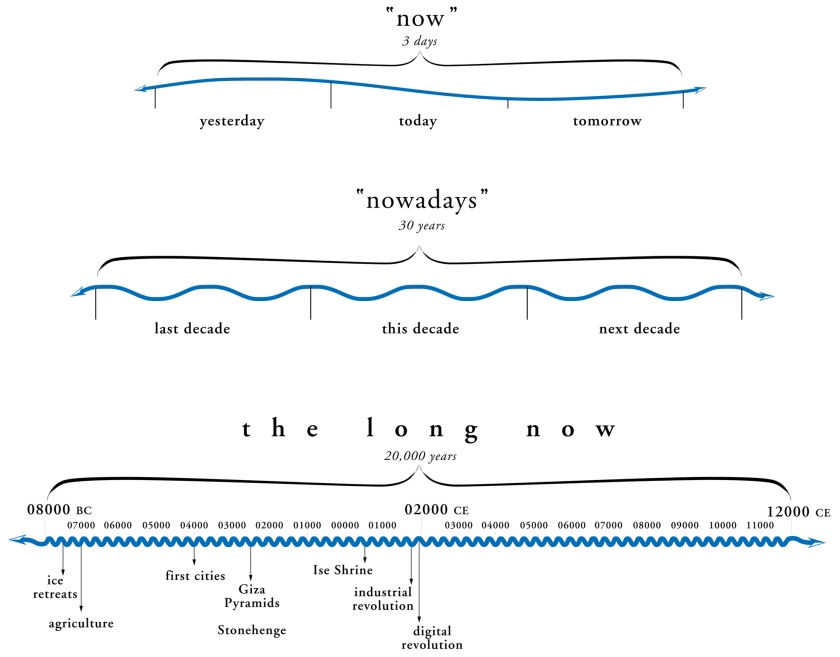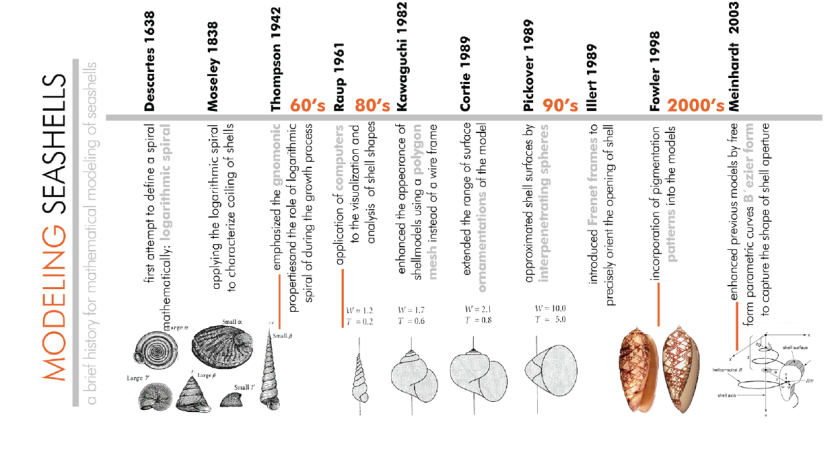Systems Biology: Biological Networks, Network Motifs, Switches and Oscillators
From Biological switches and clocks
The living cell receives signals from its environment and its own internal state, processes the information, and initiates appropriate responses in terms of changes in gene expression, cell movement, and cell growth or death. Like a digital computer, information processing within cells is carried out by a complex network of switches and oscillators, but instead of being fabricated from silicon transistors and quartz crystals, the cell’s computer is an evolved network of interacting genes and proteins. In the same way that computer design was made possible by a sophisticated theory of electronic circuitry, a basic understanding of cellular regulatory mechanisms will require a relevant theory of biomolecular circuitry. Although the ‘engineering mindset’ is sorely needed to make sense of the cell’s circuitry, the squishy, sloppy, massively parallel, analogue nature of biochemistry is so different from the solid-state, precise, sequential, digital nature of computers that the mathematical tools and intellectual biases of the solid-state physicist/electrical engineer are not entirely appropriate to unravelling the molecular logic of cell physiology. New modelling paradigms and software tools are evolving to meet the challenges of the new ‘systems biology’ of the living cell.
System Biology includes study of the following among other areas.
- Biological Networks
- Network Motifs
- Switches
- Oscillators
Biological Networks
- Protein–protein interaction networks
- Gene regulatory networks (DNA–protein interaction networks)
- Gene co-expression networks (transcript–transcript association networks)
- Metabolic networks
- Signaling networks
- Neuronal networks
- Between-species interaction networks
- Within-species interaction networks
Network Motifs:
- Coherent Feedforward Loop (FFL)
- Incoherent Feedforward Loop
- Feedback Loop
- Scaffold Motifs
- Bi Fan
- Multi Input Motifs (MIM)
- Regulator Chains
- Bi-Parallel
- Single Input Module (SIM)
- Dense Overlapping Regulon (DOR)
Biological Switches
- Ultrasensitivity
- Switches (Bistability)
Biological Oscillators
- Clocks
- Negative Feedback Only Oscillators
- Repressilator
- Pentilator
- Goodwin Oscillator
- Frazilator
- Metabolator
- Negative + Positive Feedback Oscillators
- Meyer and Strayer model of Calcium Oscillations
- van der Pol Oscillator
- Fitzhugh-Nagumo Oscillator
- Cyanobacteria Circadian Oscillator
- Negative + Negative Feedback Oscillator
- Negative and Positive + Negative Feedback cell cycle Oscillator
- Fussenegger Oscillators
- Smolen Oscillator
- Amplified Negative Feedback Oscillators
- Variable link Oscillators
Synthetic Biology study design of networks, switches, and oscillators.
From The dynamics and robustness of Network Motifs in transcription networks
Network Motifs
Even though biological systems are extremely complex, some of its complexity could be simplified. The study of a complex system in its entirety could prove impossible with current theories and technology. However, mathematical modelling has sought to distil the essence of complexity into concepts readily understandable by today’s science. One of such approaches has been reported by means of the study of pathways of interaction of biological networks. By concentrating on similar features that biological networks share, it has been recently discovered that at a cellular level, regulation and transcription Networks display certain patterns of connectivity at a much higher rate than expected in an equivalent randomized network. These recurring patterns of interaction, or network “Motifs”, can help us define bread classes of networks and their types of functional elements. In the same way, they can reveal the evolutionary aim by which they have been developed. Network Motifs can be interpreted as structures that have emerged as direct a reflection of the constraints under which the network has evolved. These network Motifs have been found in the biological networks of many systems, suggesting that they are the building blocks of transcription networks [4]. It has been suggested that in biological networks, these recurrent Network Motifs are responsible for carrying out key information processing tasks in the organism [5].
From Coupling oscillations and switches in genetic networks.
Switches (bistability) and oscillations (limit cycle) are omnipresent in biological networks. Synthetic genetic networks producing bistability and oscillations have been designed and constructed experimentally. However, in real biological systems, regulatory circuits are usually interconnected and the dynamics of those complex networks is often richer than the dynamics of simple modules. Here we couple the genetic Toggle switch and the Repressilator, two prototypic systems exhibiting bistability and oscillations, respectively. We study two types of coupling. In the first type, the bistable switch is under the control of the oscillator. Numerical simulation of this system allows us to determine the conditions under which a periodic switch between the two stable steady states of the Toggle switch occurs. In addition we show how birhythmicity characterized by the coexistence of two stable small-amplitude limit cycles, can easily be obtained in the system. In the second type of coupling, the oscillator is placed under the control of the Toggleswitch. Numerical simulation of this system shows that this construction could for example be exploited to generate a permanent transition from a stable steady state to self-sustained oscillations (and vice versa) after a transient external perturbation. Those results thus describe qualitative dynamical behaviors that can be generated through the coupling of two simple network modules. These results differ from the dynamical properties resulting from interlocked feedback loops systems in which a given variable is involved at the same time in both positive and negative feedbacks. Finally the models described here may be of interest in synthetic biology, as they give hints on how the coupling should be designed to get the required properties.
From Robust, Tunable Biological Oscillations from Interlinked Positive and Negative Feedback Loops
To test the generality of the idea that positive feedback enables an oscillator to have a tunable frequency and constant amplitude, we examined several other oscillator models, including five negative feedback–only models: (i) the Goodwin oscillator, a well-studied model relevant to circadian oscillations (18, 19); (ii) the Repressilator, a transcriptional triple-negative feedback loop constructed in Escherichia coli (20); (iii) the “Pentilator,” a Repressilator with five (rather than three) repressors; (iv) the Metabolator (21), a synthetic metabolic oscillator; and (v) the Frzilator, amodel of the control of gliding motions in myxobacteria (22). In four of the cases (Goodwin, Repressilator, Pentilator, and Metabolator), the amplitude/frequency curves were inverted U-shaped curves similar to that seen for the negative feedback–only cell cycle model (Figs. 1B and 3A). In the case of the Frzilator, the legs of the curve were truncated; the oscillator had a nonzero minimal amplitude (Fig. 3A). For all five of the negative feedback–only models, the oscillators functioned over only a narrow range of frequencies (Fig. 3A).
We also examined four positive-plus-negative feedback oscillators: (i) the van der Pol oscillator, inspired by studies of vacuum tubes (12); (ii) the Fitzhugh-Nagumo model of propagating action potentials (23, 24); (iii) the Meyer-Stryer model of calcium oscillations (25); and (iv) a model of circadian oscillations in the cyanobacterial KaiA/B/C system (26–28). In each case, we obtained a flat, wide amplitude/frequency curve (Fig. 3B). Thus, a tunable frequency plus constant amplitude can be obtained from many different positive-plusnegative feedback models; this feature is not peculiar to one particular topology or parameterization.
These findings rationalize why the positiveplus- negative feedback design might have been selected through evolution in cases where a tunable frequency and constant amplitude are important, such as heartbeats and cell cycles. However, it is not clear that an adjustable frequency would be advantageous for circadian oscillations, because frequency is fixed at one cycle per day. Nevertheless, the cyanobacterial circadian oscillator appears to rely on positive feedback (26), and positive feedback loops have been postulated for other circadian oscillators as well (Table 1). This raises the question of whether the positiveplus- negative feedback design might offer additional advantages.
One possibility is that the positive-plusnegative feedback design permits oscillations over a wider range of enzyme concentrations and kinetic constant values, making the oscillator easier to evolve and more robust to variations in its imperfect components. We tested this idea through a Monte Carlo approach.We formulated three simple oscillatormodels: (i) a three-variable triple negative feedback loop with no additional feedback (Fig. 4A), (ii) one with added positive feedback (Fig. 4B), or (iii) one with added negative feedback (Fig. 4C). We generated random parameter sets for the models and then for each set determined whether the model produced limit cycle oscillations.We continued generating parameter sets until we had amassed 500 that gave oscillations.
From Robust, Tunable Biological Oscillations from Interlinked Positive and Negative Feedback Loops

Key Terms:
- Ultra-sensitivity
- Bi-stability
- Positive Feedback Loop
- Negative Feedback Loop
- Biological Oscillators
- Biological Switches
- Biological Networks
- Network Motifs
- Regulation Networks
- Signalling Networks
- Communication Networks
- Biological Clocks
- Circadian Rhythms
- Harmonic Oscillators
- Van der Pol Oscillator (Limit Cycle)
- FitzHugh–Nagumo oscillators (Neural)
- Limit Cycle Oscillator
- Cell Cycle
- Systems Biology
- Synthetic Biology
- Gene Regulatory Networks
- Kuramoto Oscillators
- Phase Coupled Oscillators
- Cardic Pacemaker
- Biochemical Networks
- Synchronization
- Goodwin Oscillator
- Repressilators
- Fussenegger Oscillators
- Smolen Oscillators
- Variable Link Oscillators
- Metabolators
- Amplified Negative Feedback Oscillators
Key Sources of Research:
Ultrasensitivity Part I: Michaelian responses and zero-order ultrasensitivity
James E. Ferrell Jr. and Sang Hoon Ha
Ultrasensitivity Part II: Multisite phosphorylation, stoichiometric inhibitors, and positive feedback
James E. Ferrell Jr. and Sang Hoon Ha
Click to access nihms686079.pdf
Ultrasensitivity part III: cascades, bistable switches, and oscillators
James E. Ferrell Jr and Sang Hoon Ha
Click to access nihms635216.pdf
Robust Network Topologies for Generating Switch-Like Cellular Responses
Najaf A. Shah1, Casim A. Sarkar
Click to access pcbi.1002085.pdf
Feedback Loops Shape Cellular Signals in Space and Time
Onn Brandman1 and Tobias Meyer
Click to access nihms101299.pdf
Interlinked Fast and Slow Positive Feedback Loops Drive Reliable Cell Decisions
Onn Brandman, James E. Ferrell Jr, Rong Li2,3,4, and Tobias Meyer
Click to access nihms180881.pdf
Positive feedback in cellular control systems
Alexander Y. Mitrophanov and Eduardo A. Groisman
Click to access nihms-58057.pdf
Effect of positive feedback loops on the robustness of oscillations in the network of cyclin-dependent kinases driving the mammalian cell cycle
Claude Gerard, Didier Gonze and Albert Goldbeter
Design Principles of Biochemical Oscillators
Béla Novak and John J. Tyson
Design principles underlying circadian clocks
D. A. Rand1,†, B. V. Shulgin1, D. Salazar1,2 and A. J. Millar
Positive Feedback Promotes Oscillations in Negative Feedback Loops
Bharath Ananthasubramaniam*, Hanspeter Herzel
Efficient Switches in Biology and Computer Science
Luca Cardelli1,2, Rosa D. Hernansaiz-Ballesteros3, Neil Dalchau1, Attila Csika ́sz-Nagy
Click to access pcbi.1005100.pdf
Robust, Tunable Biological Oscillations from Interlinked Positive and Negative Feedback Loops
Tony Yu-Chen Tsai,1* Yoon Sup Choi,1,2* Wenzhe Ma,3,4 Joseph R. Pomerening,5 Chao Tang,3,4 James E. Ferrell Jr
Biological switches and clocks
John J. Tyson1,*, Reka Albert2, Albert Goldbeter3, Peter Ruoff4 and Jill Sibl
Click to access 2008_Tyson_J_R_Soc_Interface.pdf
https://www.kitp.ucsb.edu/activities/bioclocks07
http://online.kitp.ucsb.edu/online/bioclocks07/
Network thinking in ecology and evolution
Stephen R. Proulx1, Daniel E.L. Promislow2 and Patrick C. Phillips
Click to access 65601ed2a5c67143b6d4be7193c02235a279.pdf
Networks in ecology
Jordi Bascompte
Click to access Bascompte%202007.pdf
Network structure and the biology of populations
Robert M. May
Biological networks: Motifs and modules
Click to access BMIF310_network_B_Motifs_2009.pdf
Analysis of Biological Networks: Network Motifs
Regulatory networks & Functional motifs
Didier Gonze
Click to access network_motifs.pdf
Structure and function of the feed-forward loop network motif
S. Mangan and U. Alon
Click to access 11980.full.pdf
Network Motifs: Simple Building Blocks of Complex Networks
R. Milo, S. Shen-Orr, S. Itzkovitz, N. Kashtan, D. Chklovskii, U. Alon
Click to access MiloAlon2002.pdf
The dynamics and robustness of Network Motifs in transcription networks
Arturo Araujo
Click to access Network_Motifs.pdf
Formation of Regulatory Patterns During Signal Propagation in a Mammalian Cellular Network
Avi Ma’ayan, Sherry L. Jenkins, Susana Neves, Anthony Hasseldine, Elizabeth Grace, Benjamin Dubin-Thaler, Narat J. Eungdamrong, Gehzi Weng, Prahlad T. Ram, J. Jeremy Rice, Aaron Kershenbaum, Gustavo A. Stolovitzky, Robert D. Blitzer, and Ravi Iyengar
Click to access nihms266526.pdf
Toward Predictive Models of Mammalian Cells
Avi Ma’ayan, Robert D. Blitzer, and Ravi Iyengar
Click to access nihms266522.pdf
Modeling Cell Signaling Networks
Narat J. Eungdamrong and Ravi Iyengar
Click to access nihms453834.pdf
Bistability in Biochemical Signaling Models
Eric A. Sobie
Click to access nihms-332970.pdf
An Introduction to Dynamical Systems
Eric A. Sobie
Click to access nihms-332968.pdf
Computational approaches for modeling regulatory cellular networks
Narat J. Eungdamrong and Ravi Iyengar
Click to access nihms-453838.pdf
Systems Biology—Biomedical Modeling
Eric A. Sobie,* Young-Seon Lee, Sherry L. Jenkins, and Ravi Iyengar
https://www.ncbi.nlm.nih.gov/pmc/articles/PMC3188945/
Network analyses in systems pharmacology
Seth I. Berger and Ravi Iyengar
Biological Networks: The Tinkerer as an Engineer
U Alon
Click to access Biological%20Networks%20The%20Tinkerer%20as%20an%20Engineer.pdf
Cell Biology: Networks, Regulation and Pathways
GAŠPER TKACˇ IK , WILLIAM BIALEK
Click to access tkacik+bialek_09b.pdf
Coupling oscillations and switches in genetic networks
Didier Gonze
Click to access d29052b34bc3fe43649c826fd9fd0506e445.pdf
Biological Oscillators and Switches
Click to access Murray-Math-Biol-ch7.pdf
Design principles of biological oscillators
Didier Gonze
Irving R. Epstein
Kenneth Showalter
Shan He
Oliver Purcell1,*, Nigel J. Savery3, Claire S. Grierson4 and Mario di Bernardo2,5




